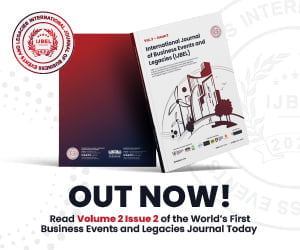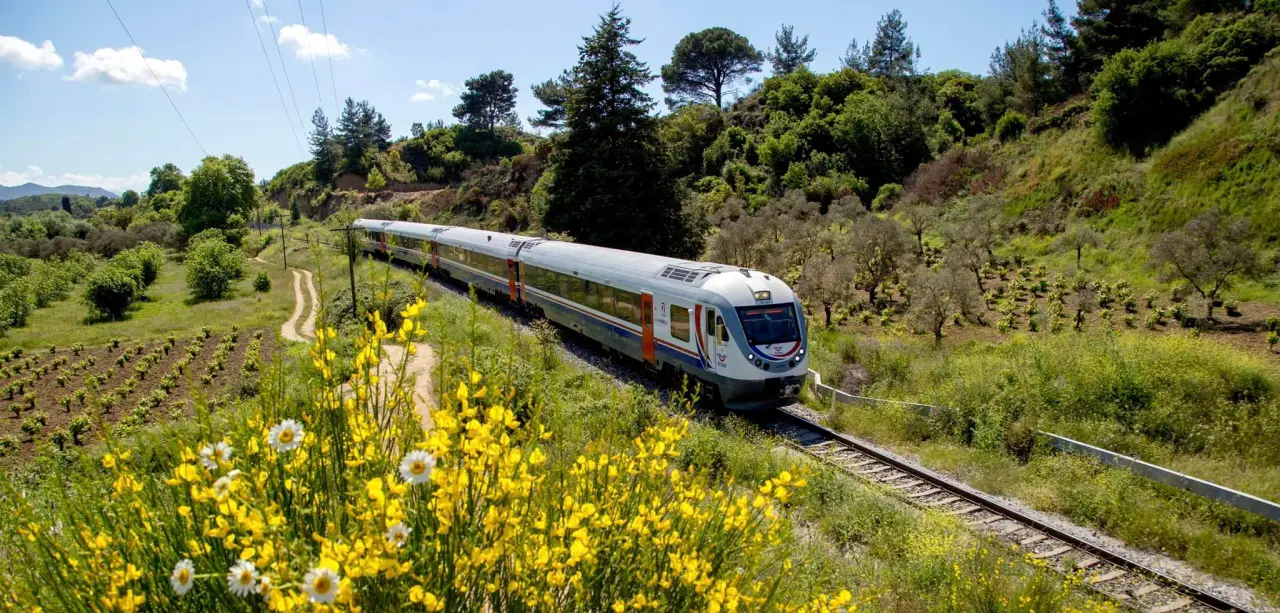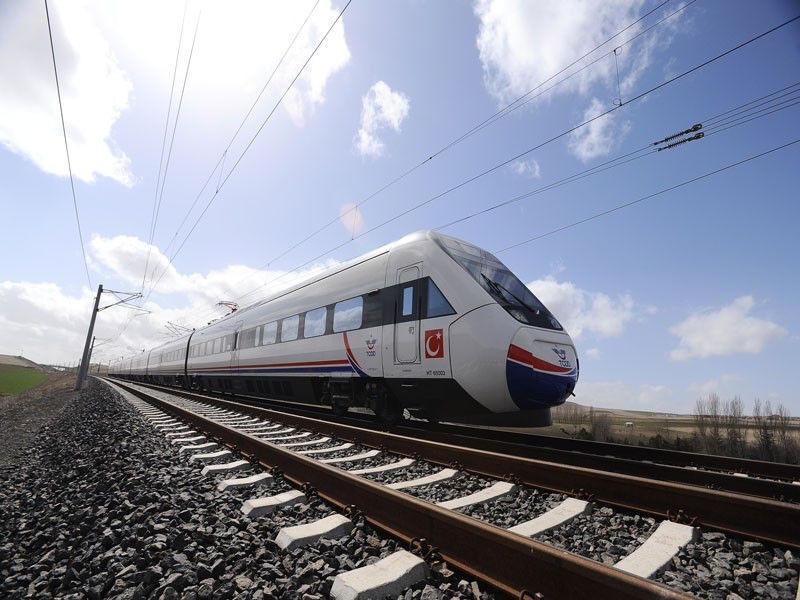President Biden has announced an $8.2 billion investment in America’s passenger rail infrastructure, marking the largest push towards high-speed rail in U.S. history.
By delivering $66 billion from the Bipartisan Infrastructure Law – the largest investment in passenger rail since the creation of Amtrak 50 years ago – President Biden is delivering on his vision to rebuild America and win the global competition for the 21st century.
Highlighted projects in this expansive initiative include the construction of a groundbreaking high-speed rail system connecting California and Nevada, anticipated to accommodate over 11 million passengers each year. Additionally, a rapid rail line will be established through California’s Central Valley, forming a high-speed link between Los Angeles and San Francisco, with potential travel speeds reaching 220 mph. Significant enhancements are also planned for heavily utilized rail corridors in Virginia, North Carolina, and the District of Columbia. Moreover, Chicago Union Station in Illinois, a pivotal rail hub, will undergo extensive upgrades and expansion to bolster its capacity. These monumental projects are set to generate tens of thousands of well-paid, unionized jobs, catalyze economic growth in numerous communities nationwide, and offer safe, efficient, and eco-friendly travel alternatives that significantly reduce travel times compared to driving.
To date, President Biden has announced $30 billion for rail projects across the country – including $16.4 billion on the Northeast Corridor, $1.4 billion for passenger rail and freight rail safety projects, and $570 million to upgrade or mitigate railroad crossings.
Fed-State National Project selections include:
- The Brightline West High-Speed Intercity Passenger Rail System Project will receive up to $3 billion for a new 218-mile intercity passenger rail system between Las Vegas, Nevada, and Rancho Cucamonga, California. The project will create a new high-speed rail system, resulting in trip times of just over 2 hours – nearly twice as fast as driving. This route is expected to serve more than 11 million passengers annually, taking millions of cars off the road and, thanks to all-electric train sets, removing an estimated 400,000 tons of carbon dioxide per year. This project will create 35,000 jobs supporting construction and support 1,000 permanent jobs in operations and maintenance once in service. Brightline’s agreement with the California State and Southern Nevada Building Trades will ensure that this project is built with good-paying union labor, and the project has reached a separate agreement with Rail Labor to employ union workers for its ongoing operations and maintenance. The project will also allow for connections to the Los Angeles Metro area via the Metrolink commuter rail system.
- The California Inaugural High-Speed Rail Service Project will receive up to $3.07 billion to help deliver high-speed rail service in California’s Central Valley by designing and extending the rail line between Bakersfield and Merced, procuring new high-speed trainsets, and constructing the Fresno station, which will connect communities to urban centers in Northern and Southern California. This 171-mile rail corridor will support high-speed travel with speeds up to 220mph. The project will improve connectivity and increase travel options, along with providing more frequent passenger rail service, from the Central Valley to urban centers in northern and Southern California. New all-electric trainsets will produce zero emissions and be powered by 100% renewable energy. By separating passenger and freight lines, this project will benefit freight rail operations throughout California as well. This project has already created over 11,000 good-paying union construction jobs and has committed to using union labor for operations and maintenance.
- The Raleigh to Richmond (R2R) Innovating Rail Program Phases IA and II project will receive up to $1.1 billion to build approximately additional parts of the Southeast Corridor from Raleigh to Wake Forest, North Carolina, including new and upgraded track, eleven grade separations and closure of multiple at-grade crossings. The investment will improve system and service performance by developing a resilient and reliable passenger rail route that will also contribute to freight and supply chain resiliency in the southeastern U.S. The proposed project is part of a multi-phased effort to develop a new passenger rail route between Raleigh, North Carolina, and Richmond, Virginia, and better connect the southern states to DC and the Northeast Corridor. Once completed, this new route will save passengers an estimated 90 minutes per trip.
- The Long Bridge project, part of the Transforming Rail in Virginia – Phase II program, will receive $729 million to construct a new two-track rail bridge over the Potomac River to expand passenger rail capacity between Washington, D.C. and Richmond, VA. Nearly 6 million passengers travel over the existing bridge every year on Amtrak and Virginia Railway Express lines. This upgrade will reduce congestion and delays on this heavily-traveled corridor to our nation’s capital.
Pioneering the Future of Rail Travel: The Corridor ID Program
Under President Biden’s ambitious plan for a world-class passenger rail network, the Administration is charting a new course for rail expansion with innovative strategies, as envisioned in the Bipartisan Infrastructure Law’s Corridor ID Program. This groundbreaking program lays the groundwork for future rail investments by introducing a fresh planning paradigm. Today’s announcement details significant enhancements to 15 existing rail routes, the creation of 47 extensions to both current and new standard rail routes, and the development of 7 cutting-edge high-speed rail ventures. This strategy effectively sets the stage for a robust pipeline of intercity passenger rail projects poised for subsequent investments.
Key project selections under this program are set to transform regional connectivity and revitalize dormant corridors:
- The Scranton to New York route aims to rejuvenate a previously inactive rail corridor, linking Pennsylvania, New Jersey, and New York. This line will provide up to three daily journeys, catering to both commuters and general passengers.
- In Colorado, the Front Range rail corridor is a novel initiative connecting Fort Collins and Pueblo. This route will serve a region that currently lacks passenger rail services.
- The Northern Lights Express is designed to enhance the connection between Minneapolis, MN, and Duluth, MN, with several intermediate stops in Wisconsin, thereby increasing regional connectivity.
- The proposed Cascadia High-Speed Rail corridor will introduce a new dimension of high-speed travel, linking Oregon, Washington, and Vancouver with an entirely new service.
- The Charlotte to Atlanta high-speed rail corridor represents a significant step in connecting the Southeast, including providing a link to Hartsfield-Jackson Airport, the world’s busiest airport.
- Multiple corridor selections will also benefit major regional hubs, such as the Chicago Hub. Here, an extensive plan for the Chicago terminal and the resolution of service bottlenecks south of Lake Michigan are set to enhance all connecting corridors and long-distance trains heading south and east of Chicago.
These initiatives exemplify the Administration’s commitment to revolutionizing the U.S. rail system, emphasizing enhanced connectivity, revived routes, and state-of-the-art high-speed rail projects.
The U.S. Travel Association President and CEO Geoff Freeman commended this move, highlighting the administration’s responsibility in enhancing travel efficiency and connectivity across the nation.
This ambitious project marks a new era in American transportation, signaling a shift towards a more connected, efficient, and sustainable future. With this investment, the Biden administration not only seeks to transform how Americans travel but also aims to bolster the nation’s economy, create numerous jobs, and reduce environmental impact.










